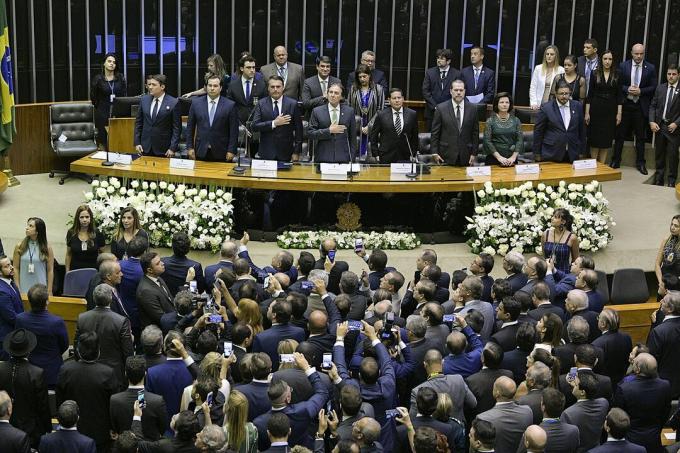Semi-presidentialism is a type of government system that mixes characteristics of presidentialism and parliamentarism.
In this system, the president shares the obligations of the public administration (executive power) of the state with a prime minister. The two have decision-making power in government and are responsible for complementary functions.
How semi-presidentialism works
In this system, the president is the head of state, elected by the direct vote of the people. The prime minister is the head of government.
An important feature of this system is that the president is responsible for appointing the prime minister and sharing with him the activities of head of state and head of government. The head of state is responsible for the executive branch and the head of government is responsible for the legislative branch.
The president is also responsible for representing the country at the international level and choosing some officials from government offices. He can dissolve Parliament, suggest and propose laws, and control the country's foreign policy.
The prime minister has his functions submitted to the Parliament. He is responsible for the head of government, for choosing ministers, coordinating their work and implementing social development policies.
See some semi-presidential countries:
- France
- Portugal
- Mozambique
- Russia
- Finland
- Algeria
- Romania
- Poland
What are the advantages of semi-presidentialism?
The biggest advantage of the semi-presidential system is that it guarantees more balance between power decisions executive and legislative power, because there is a decentralization of power and a greater sharing of decisions policies. In other words, decisions are not centered on one person or on a single power.
It is also efficient at presenting quick reactions in political crises because it allows for a faster modification of these powers, in case of lack of governability or representativeness popular.
For example, if the prime minister does not have congressional support for a decision, he can be replaced by another prime minister, without the need for new elections or impeachment proceedings.
Another example is that if Congress does not effectively represent the interests of the population, the president can dismiss it and call for new elections.
See also the meaning of Impeachment.
Differences between semi-presidentialism, presidentialism and parliamentarism
Despite bringing together elements from other systems, semi-presidentialism is different from parliamentarism and presidentialism.
In parliamentarism, for example, bills are subject to a vote in Parliament and the figure of the head of state is more for ceremonial purposes or for representation of the country.
In presidentialism, the president accumulates the functions of head of state and head of government, being a centralizer of a good part of government decisions.
In the semi-presidential system, the head of state (president) is elected by the people and has specific functions and decision-making power in government. The role of head of government is assumed by the prime minister, who, although appointed by the president, is responsible for the decisions of the legislative power.
See the meaning of presidentialism and parliamentarianism.

